Lazy Loading Images in HTML: Complete Guide to loading=”lazy”
Table of Contents
Introduction
When it comes to web development, website speed and performance are no longer optional luxuries. A slow-loading site frustrates visitors, increases bounce rates, and negatively impacts SEO rankings. Search engines like Google directly tie page speed to ranking signals, making optimization strategies essential for any website owner.
One of the most impactful — yet easy-to-implement — techniques is lazy loading images. With the introduction of the native loading="lazy" attribute in HTML5, developers can now delay the loading of offscreen images until they are needed, reducing initial page load time and improving user experience.
In this guide, we’ll explore everything you need to know about lazy loading images in HTML — from what it is, why it matters, how to implement it, its effect on SEO, performance metrics, and advanced use cases.
What is Lazy Loading?
Lazy loading is a performance optimization technique that defers the loading of non-critical resources (like images, videos, or iframes) until they are needed.
Instead of downloading all images when the page first loads, the browser only loads images that are visible to the user. Other images remain “deferred” and load as the user scrolls.
<img src="example.jpg" alt="Beautiful landscape" loading="lazy">That’s it. Just one attribute can save hundreds of KBs or even megabytes of unnecessary network requests during the initial page load.
Why Lazy Loading Images is Important
- Faster Page Load Times – Reduces initial page weight by loading only what’s visible.
- Improved Core Web Vitals – Better scores in Largest Contentful Paint (LCP) and First Input Delay (FID).
- Reduced Bandwidth Usage – Saves users on mobile data.
- Improved SEO Rankings – Google prioritizes faster websites in search results.
- Better User Experience – Visitors can interact with content quicker.
💡 Pro Tip: Always combine lazy loading with image compression for maximum performance benefits.
Native Lazy Loading in HTML5
Before native lazy loading, developers had to rely on JavaScript libraries like lazysizes.js. While effective, these methods added extra complexity.
Now, browsers like Chrome, Edge, Firefox, and Opera natively support loading="lazy".
Example
<img src="product.jpg" alt="Product" loading="lazy" width="600" height="400">
Attribute Values
lazy→ Defers loading until near viewport.eager→ Loads immediately.auto→ Browser decides (default).
SEO and Lazy Loading
One common question is: Does lazy loading hurt SEO?
👉 The answer: No, if implemented correctly.
- Googlebot supports
loading="lazy". - Always include
altattributes. - Use
widthandheightto prevent Cumulative Layout Shift (CLS). - Do not lazy load critical above-the-fold images.
✅ Best Practice: Lazy load only below-the-fold images.
Browser Support
- ✅ Chrome 76+
- ✅ Firefox 75+
- ✅ Edge 79+
- ✅ Opera 64+
- ❌ Safari (partial)
- ❌ Internet Explorer
JS Fallback for Safari
<script>
if ('loading' in HTMLImageElement.prototype) {
// Native lazy loading supported
} else {
var script = document.createElement("script");
script.src = "https://cdnjs.cloudflare.com/ajax/libs/lazysizes/5.3.2/lazysizes.min.js";
document.body.appendChild(script);
}
</script>
Common Mistakes to Avoid
❌ Lazy loading hero/above-the-fold images
❌ Missing width/height attributes
❌ Forgetting alt tags
❌ Not testing on Safari/iOS
Advanced Use Cases
1. Lazy Loading Background Images
document.addEventListener("DOMContentLoaded", function() {
const elements = document.querySelectorAll(".lazy-bg");
elements.forEach(el => {
const src = el.getAttribute("data-bg");
el.style.backgroundImage = "url(" + src + ")";
});
});
2. Lazy Loading Iframes
<iframe src="https://www.youtube.com/embed/xyz123" loading="lazy"></iframe>
3. Responsive Images + Lazy Loading
<img
src="image-small.jpg"
srcset="image-large.jpg 1200w, image-medium.jpg 800w, image-small.jpg 400w"
sizes="(max-width: 800px) 100vw, 800px"
loading="lazy"
alt="Responsive example">
FAQs
Does lazy loading affect SEO negatively?
No. Google fully supports loading="lazy" for images.
Should I lazy load all images?
No. Keep above-the-fold images eager-loaded.
How much speed improvement can I expect?
Sites with many images can see 40–60% faster load times.
Does lazy loading save bandwidth?
Yes, especially for mobile users who never scroll all the way down.
Is JavaScript still needed for lazy loading?
Only for Safari and older browsers.
Conclusion
Lazy loading images with the loading="lazy" attribute is one of the simplest and most effective optimizations for improving site performance.
By reducing initial page load, improving Core Web Vitals, and boosting SEO, lazy loading is a must-have for modern websites.
Start implementing it today and watch your speed scores and rankings climb! 🚀
Related Articles You’ll Love
- Understanding HTML Elements
- Guide to Character References in HTML
- HTML Tags for Text Formatting
- Mastering the HTML Head Tag

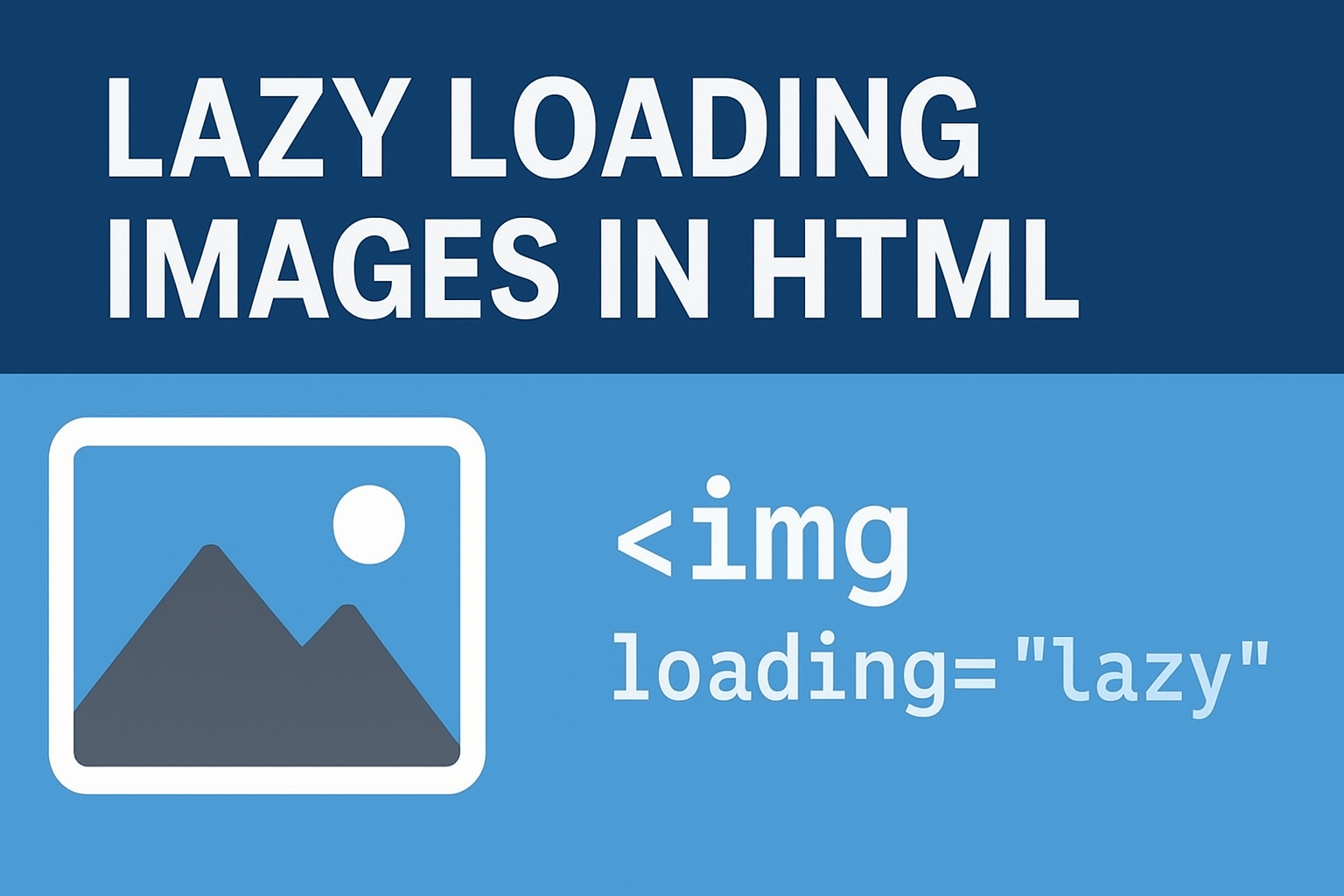
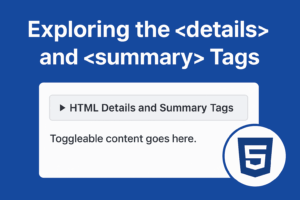
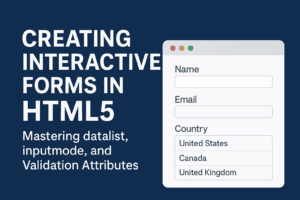
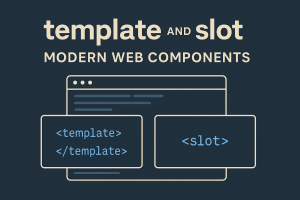
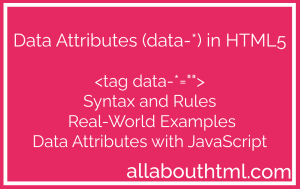




No comment